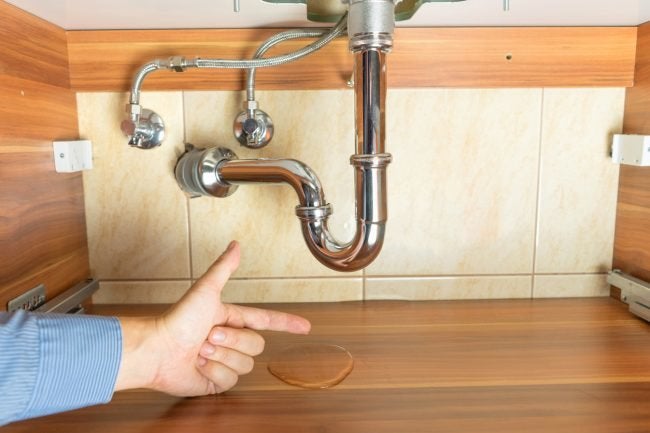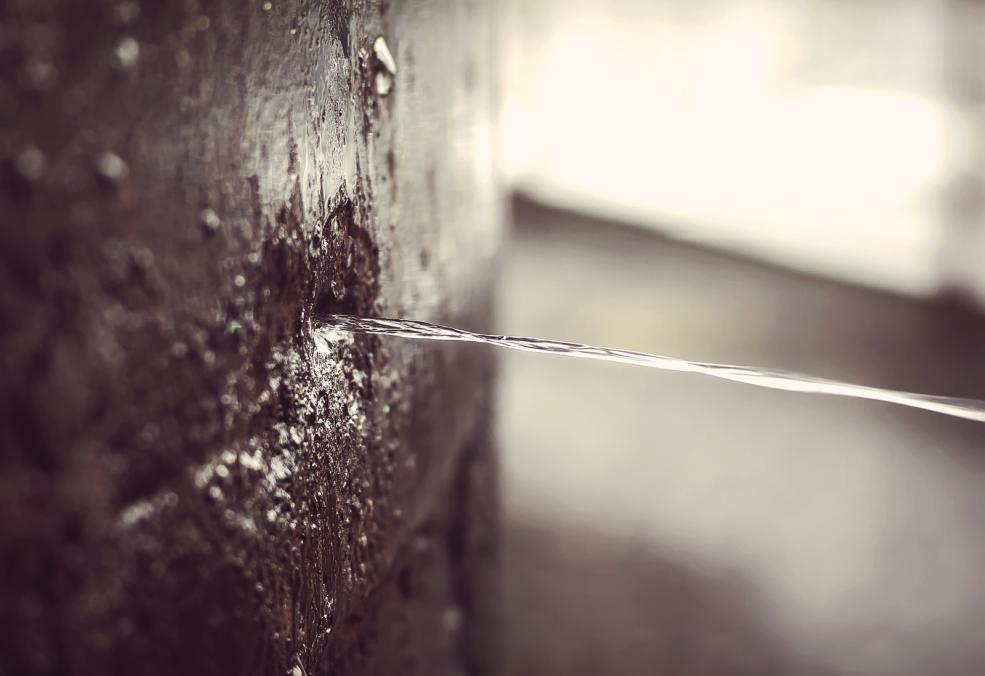Exactly how to Examine If Your House Has a Hidden Leak
Exactly how to Examine If Your House Has a Hidden Leak
Blog Article
We have stumbled upon this great article on Leaking water lines below on the internet and figured it made sense to write about it with you on my blog.

Early detection of dripping water lines can reduce a prospective disaster. Besides conserving you cash, it will minimize the irritation as well as irritation. The moment you discover a leak, calling your plumber for repair work is the best remedy. Some tiny water leaks may not be noticeable. If you can not detect it with your naked eyes, here are some hacks that aid.
1. Examine the Water Meter
Inspecting it is a guaranteed method that helps you discover leakages. If it relocates, that suggests a fast-moving leakage. This means you may have a slow leakage that might even be underground.
2. Examine Water Consumption
Evaluate your water bills as well as track your water consumption. As the one paying it, you should notice if there are any kind of inconsistencies. If you identify sudden changes, regardless of your consumption coinciding, it means that you have leakages in your plumbing system. Keep in mind, your water costs should fall under the same array on a monthly basis. An unexpected spike in your expense suggests a fast-moving leak.
At the same time, a constant boost each month, even with the exact same habits, shows you have a slow leakage that's additionally slowly intensifying. Call a plumber to completely inspect your home, specifically if you really feel a cozy location on your floor with piping beneath.
3. Do a Food Coloring Test
30% comes from commodes when it comes to water usage. Test to see if they are running properly. Decrease specks of food color in the container and wait 10 mins. There's a leak between the storage tank as well as dish if the color somehow infiltrates your bowl during that time without flushing.
4. Asses Exterior Lines
Do not neglect to inspect your exterior water lines too. Should water permeate out of the connection, you have a loose rubber gasket. One little leakage can throw away loads of water and surge your water costs.
5. Evaluate and also Assess the Situation
House owners must make it a routine to inspect under the sink counters and also inside closets for any bad odor or mold development. These two warnings show a leak so timely focus is required. Doing routine inspections, also bi-annually, can conserve you from a significant trouble.
If you understand your home is currently old, keep a careful eye on your heating units, tubes, pipes and so on. Look for stainings and also compromising as a lot of devices as well as pipelines have a life expectancy. They will certainly additionally naturally wear away because of wear and tear. If you presume leaking water lines in your plumbing system, don't wait for it to escalate. Call an expert plumber as soon as possible so you do not end up with a dreadful mess in your home.
Early detection of dripping water lines can reduce a possible catastrophe. Some tiny water leakages may not be visible. Inspecting it is a proven method that assists you uncover leaks. One little leakage can lose lots of water and also increase your water costs.
If you believe leaking water lines in your plumbing system, don't wait for it to intensify.
WARNING SIGNS OF WATER LEAKAGE BEHIND THE WALL
PERSISTENT MUSTY ODORS
As water slowly drips from a leaky pipe inside the wall, flooring and sheetrock stay damp and develop an odor similar to wet cardboard. It generates a musty smell that can help you find hidden leaks.
MOLD IN UNUSUAL AREAS
Mold usually grows in wet areas like kitchens, baths and laundry rooms. If you spot the stuff on walls or baseboards in other rooms of the house, it’s a good indicator of undetected water leaks.
STAINS THAT GROW
When mold thrives around a leaky pipe, it sometimes takes hold on the inside surface of the affected wall. A growing stain on otherwise clean sheetrock is often your sign of a hidden plumbing problem.
PEELING OR BUBBLING WALLPAPER / PAINT
This clue is easy to miss in rooms that don’t get much use. When you see wallpaper separating along seams or paint bubbling or flaking off the wall, blame sheetrock that stays wet because of an undetected leak.
BUCKLED CEILINGS AND STAINED FLOORS
If ceilings or floors in bathrooms, kitchens or laundry areas develop structural problems, don’t rule out constant damp inside the walls. Wet sheetrock can affect adjacent framing, flooring and ceilings.
https://www.servicemasterbyzaba.com/blog/how-to-detect-water-leakage-in-walls/

I found that blog post about Leaking water lines when doing a search on the web. Sharing is caring. Who knows, you may very well be helping someone out. I recognize the value of reading our article about Finding hidden leaks.
Report this page